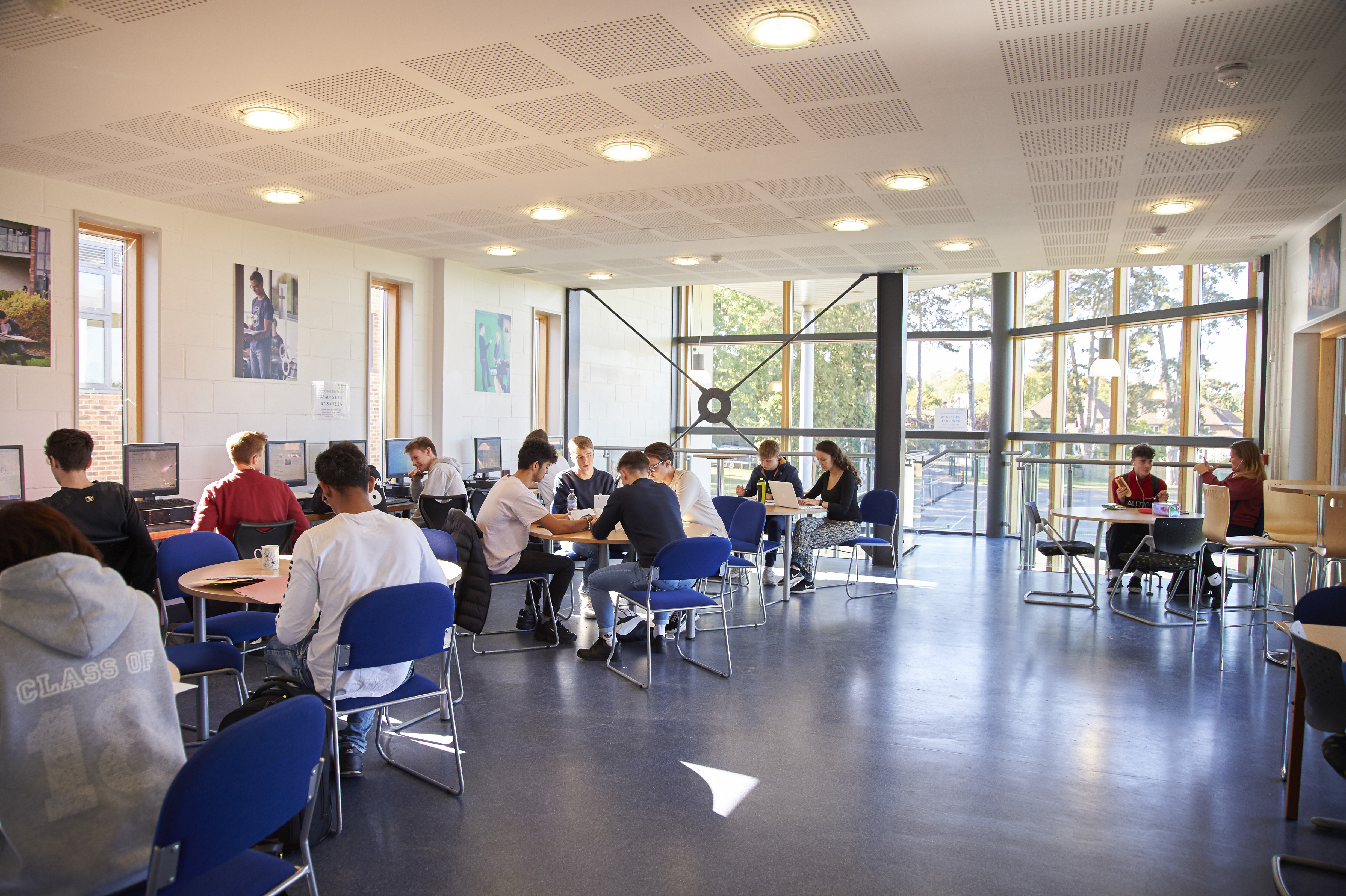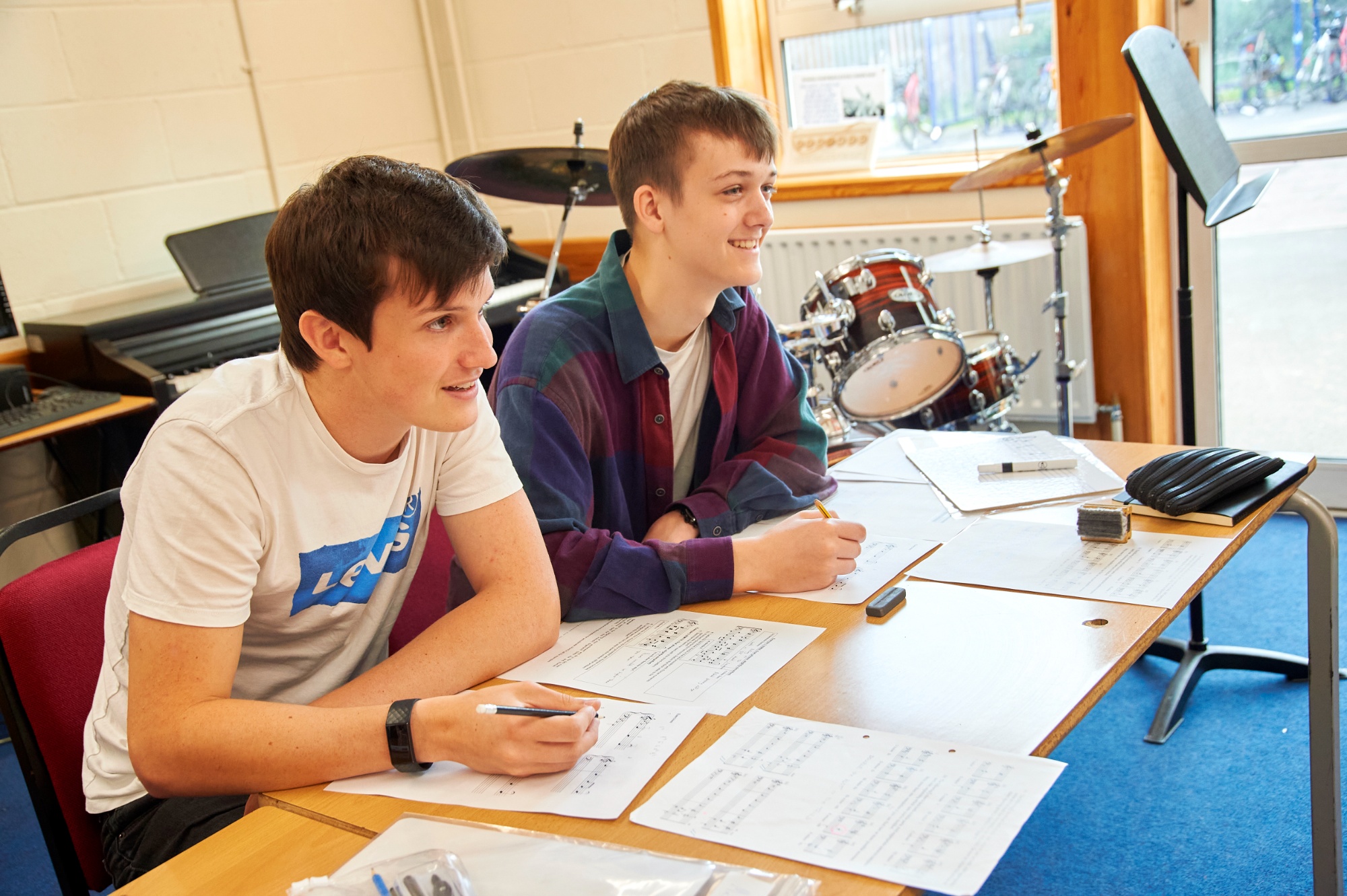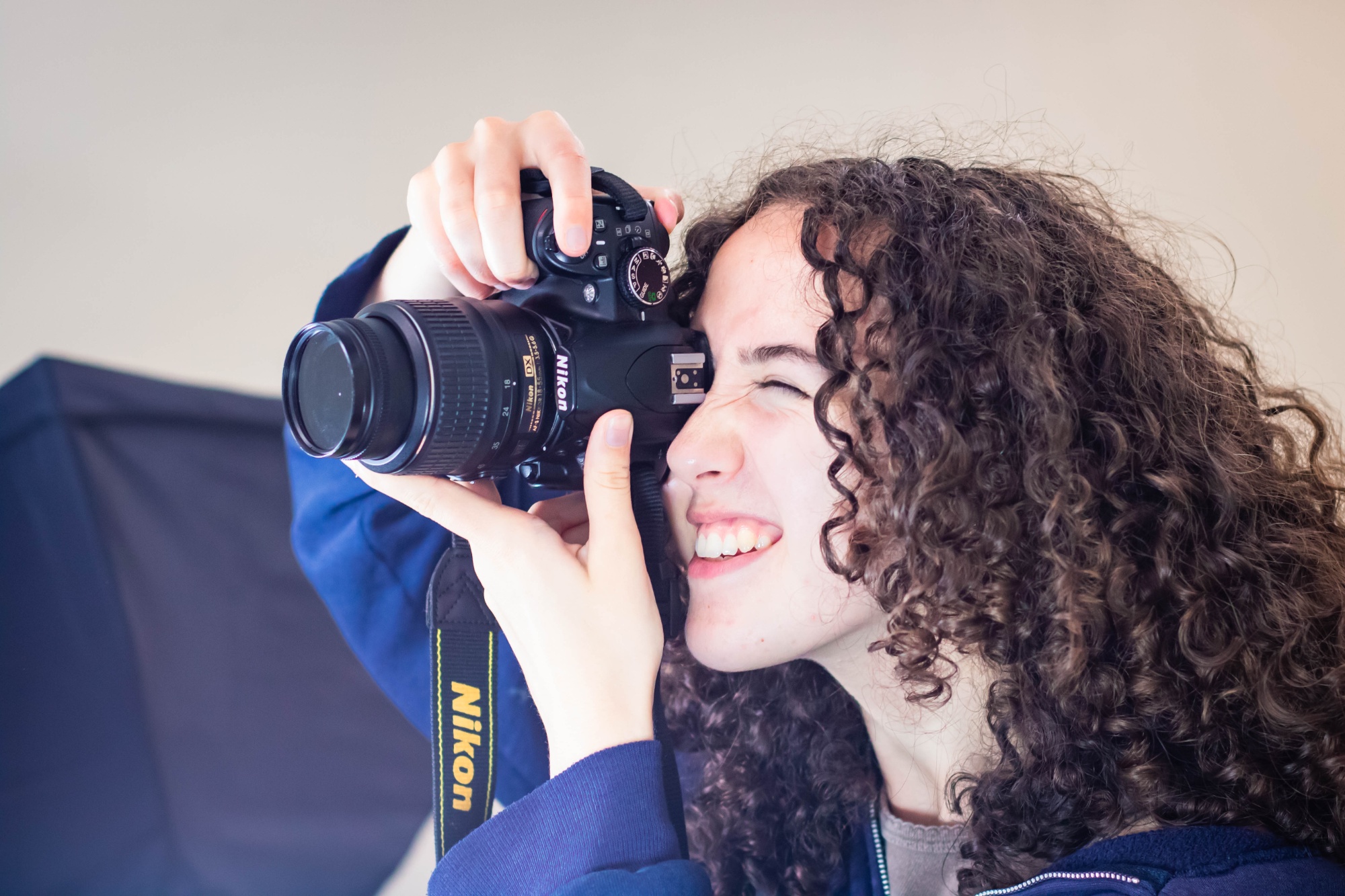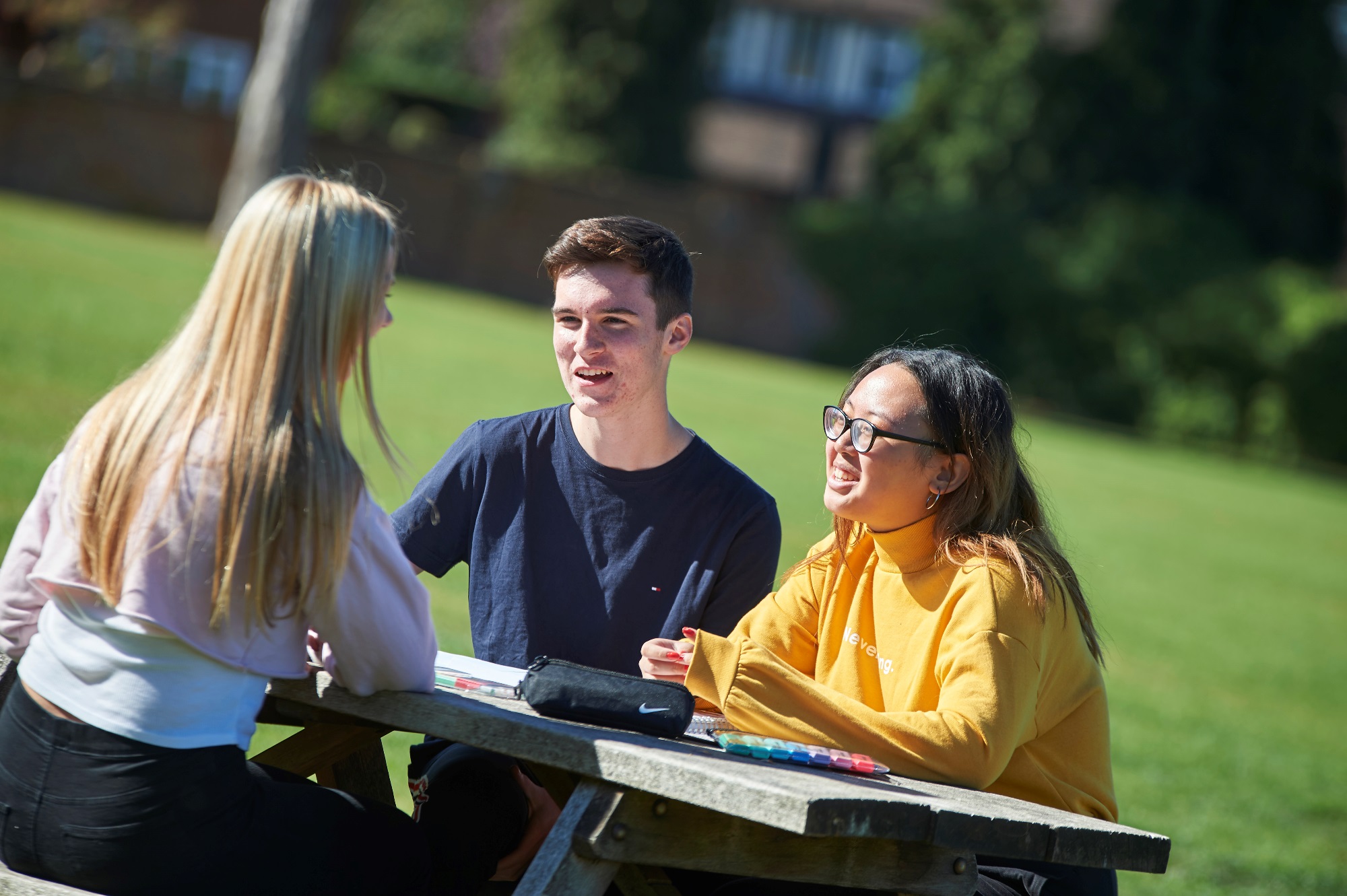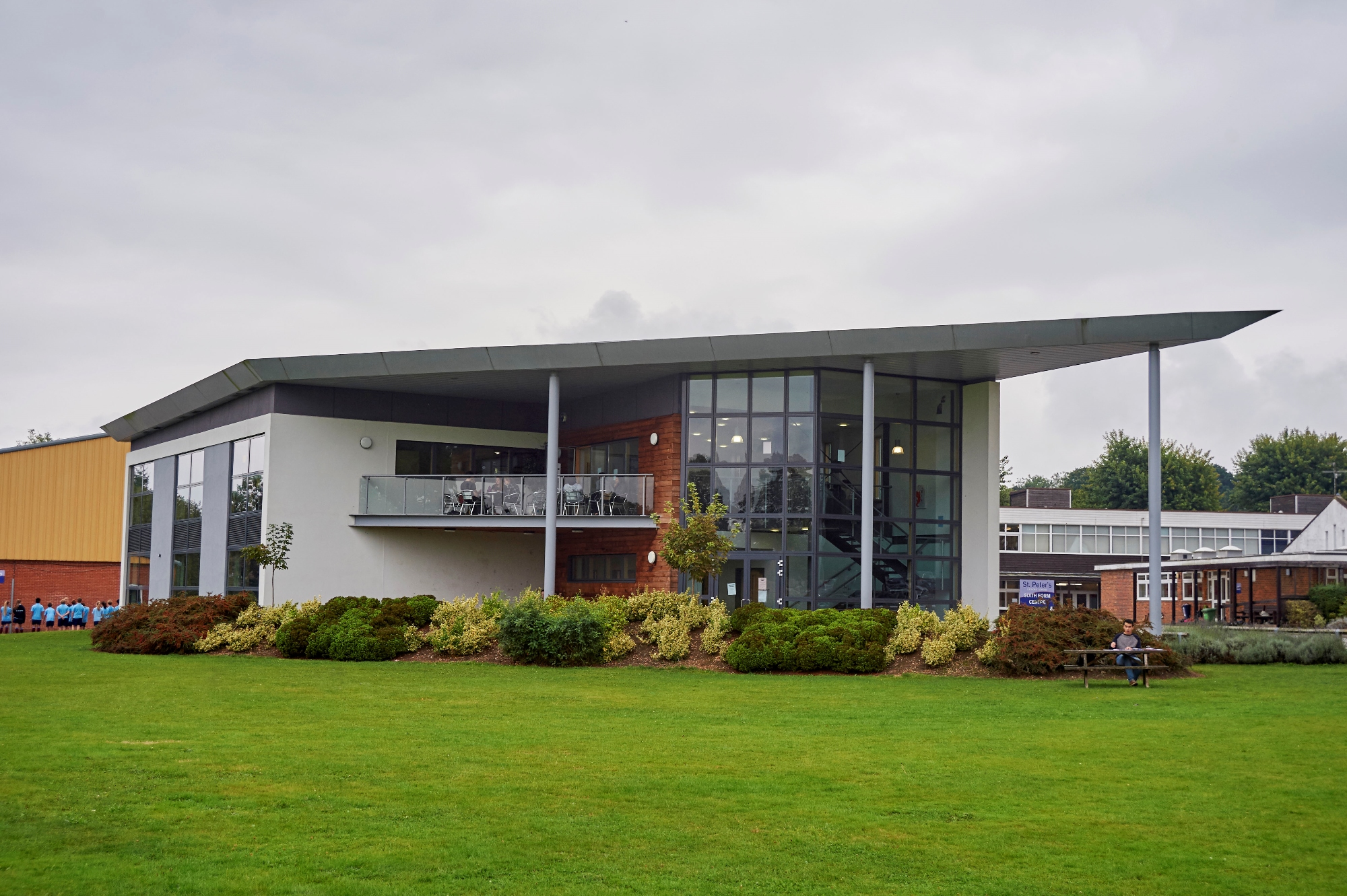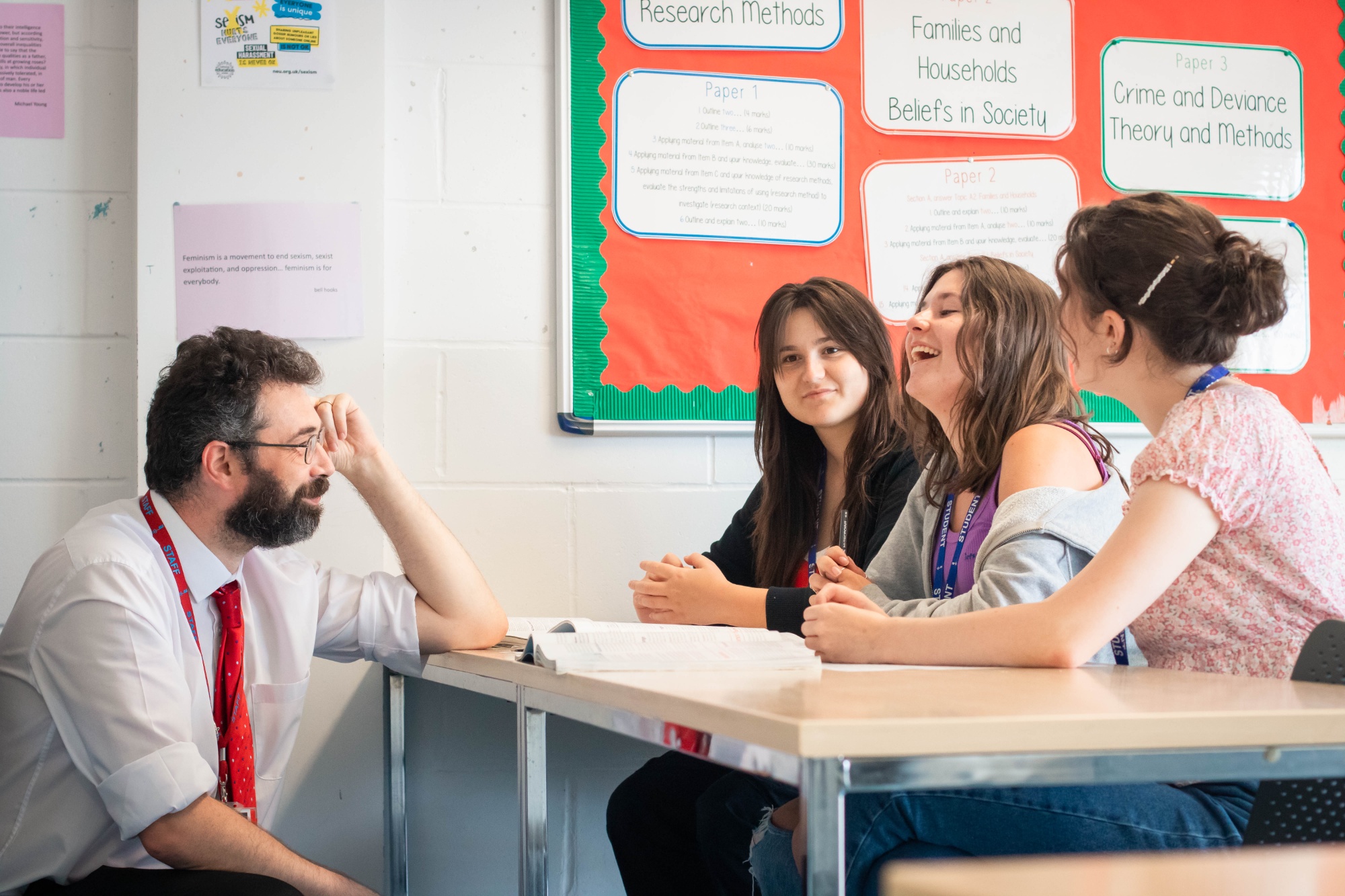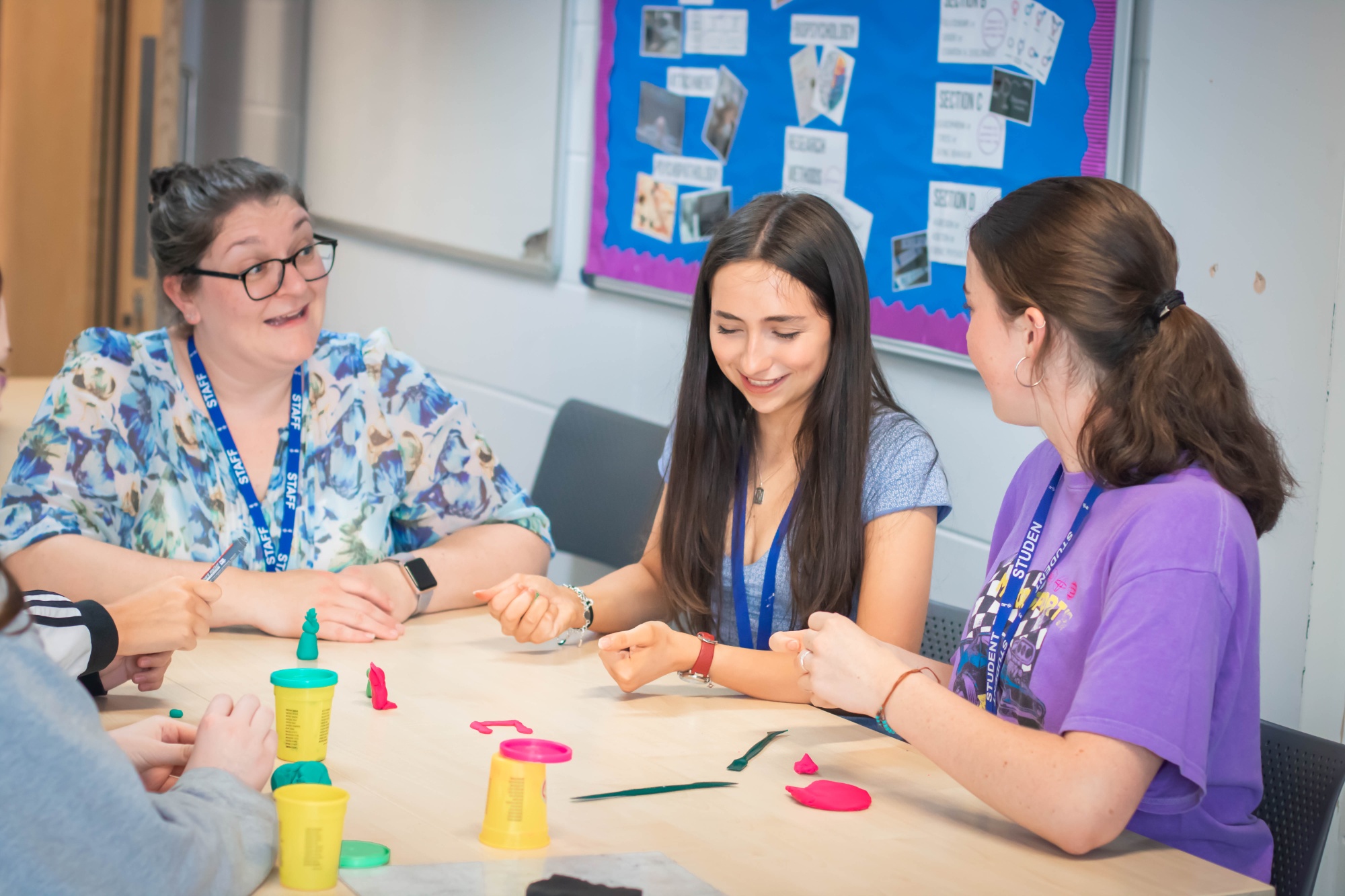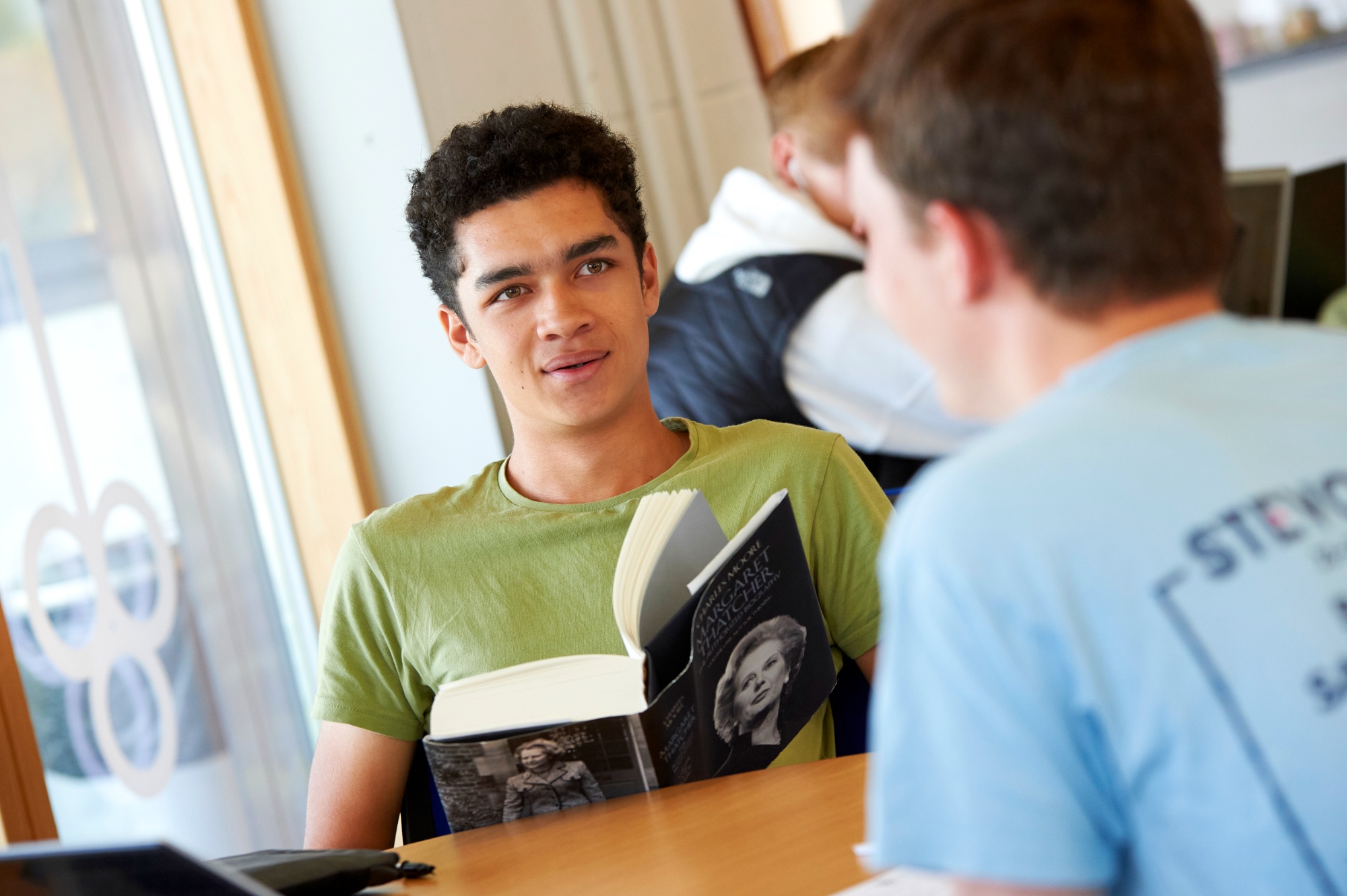Fashion and Textiles
 Mr J Batt
Mr J Batt
Head of Design and Technology
THE TEAM
| Mrs S Bromley | Teacher of Fashion and Textiles |
INTRODUCTION TO THE DEPARTMENT
This creative and thought-provoking qualification gives students the practical skills, theoretical knowledge and confidence to succeed in a number of careers. Especially those in the creative industries. They will investigate historical, social, cultural, environmental and economic influences on design and technology, whilst enjoying opportunities to put their learning in to practice by producing products of their choice. Students will gain a real understanding of what it means to be a designer, alongside the knowledge and skills sought by higher education and employers.
WHY STUDY FASHION AND TEXTILES?
This creative and thought-provoking qualification gives students the practical skills, theoretical knowledge and confidence to succeed in a number of careers, especially those in the creative industries. Students will investigate historical, social, cultural, environmental and economic influences on design and technology, whilst enjoying opportunities to put their learning into practice by producing products of their choice. Students will gain a real understanding of what it means to be a designer, alongside the knowledge and skills sought by higher education and employers.
FUTURE ACADEMIC AND CAREER PATHWAYS
Students who study Fashion and Textiles can go on to further study at university. This could lead in to these careers: clothing/textile technologist, colour technologist, interior and spatial designer, fashion designer, textile designer, printmaker, product designer, retail buyer, stylist, visual merchandiser.
COURSE CONTENT
Students will be studying the AQA syllabus.
In Years 12 and 13, the course has a practical focus, with a significant proportion of the lesson time spent completing practical work, designing, testing and investigating different products. This is supported by the in-depth theory work completed both in class and in the student’s own time.
ASSESSMENT
Paper 1: Core technical principles, 2 hours and 30 minutes, written exam (30% of A Level)
Paper 2: Designing and making principles, 1 hour and 30 minutes, written exam (20% of A Level)
Non-examination Assessment – practical application of technical principles, designing and making principles and specialist knowledge – 45 hours to create a substantial design and make task (50%)
EXTRACURRICULAR OPPORTUNITIES
Students who have completed this course in the past have enjoyed trips to The Clothes Show and the Victoria and Albert Museum to investigate fashion and trends in the current time and through the ages.
COURSE REQUIREMENTS
Ideally, students will have attained a grade 5 in GCSE Textiles or Art, English and Science. However, if students have not completed a Textiles or Art GCSE it may still be possible for them to take the A Level if they are prepared to complete some summer work before the start of the course. An enjoyment of fashion and interest in textiles and clothing is a key element. As 50% of the course is portfolio based students need to be self-motivated and manage their time effectively. Students need to be able to think laterally and apply their knowledge in new situations.

